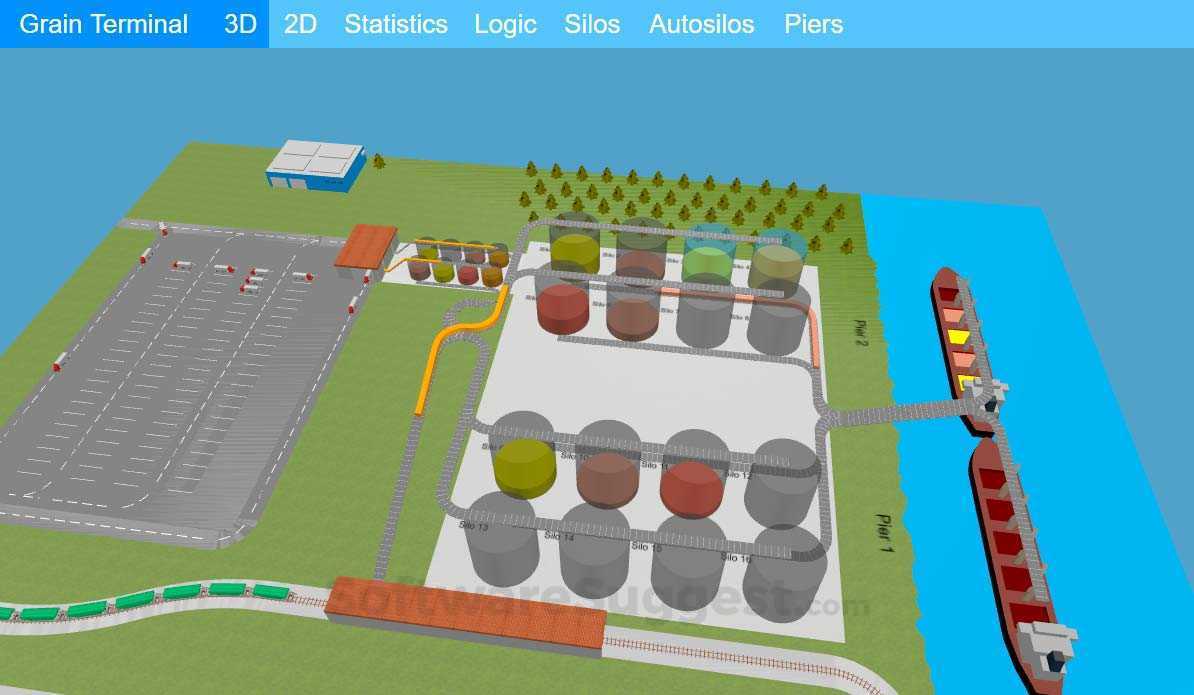

Simulate newly integrated optimally guided path planning model applied to a pedestrian evacuation Integrate social force modelling with the optimally guided path planning model for emergency evacuations Model the process of pedestrian making choices by identifying a realistic decision and integrating with local pedestrian movements in a complex environment of an emergency evacuation While there are numerous limitations from previous approaches, the contribution of this paper is summarized as follows: The pedestrian dynamics patterns are integrated into the path planning model solved by Markov Decision Process (MDP).

We present a computational modelling framework expanded from previously developed social force model applied to an evacuation simulation. A performance of evacuation times will be compared against our optimally guided path planning model and social force model without optimal path guidance. In this study, while previously developed social force model is trained by real-world data to provide a realistic simulation of pedestrian behaviours under emergent situations, a dynamic routing model is developed to suggest the best options to evacuate faster. To safely reduce the congestion effect among other agents and ultimately produce a shorter evacuation time, an adaptive routing strategy per individual passenger is required. other pedestrians), the optimal strategy keeps changing accordingly. chairs, walls) and moving obstacles (e.g. Especially when there are multiple stationary obstacles (e.g. Most of the previous studies have focused on the simulation of realistic pedestrian dynamics, but the decision-making process has been static, and hard to adapt to dynamic environment changes. Furthermore, previous studies have focused on either pedestrians' strategic route planning or pedestrians' physical movements without considering the interactions between these two levels. While there are numerous successful models like social force models, and agent-based models that address high-density crowds, there is a glaring lack of effective modelling techniques targeted at low-to medium-density pedestrian situations. The uniqueness of the emergent situation makes computational modelling an essential tool for policy analysis and design. layout, pedestrian density, visual range and obstacles, type of emergency etc.). decision-making, cognition and perception) and environmental factors (e.g. Successful decision-making is largely dependent on the extent of information available, accuracy of the information given, limited processing time, as well as, several interdependent human factors (e.g. When an emergency occurs, pedestrians are often required to make quick decisions under high time-sensitive pressure while dealing with uncertainty and unfamiliar surroundings. Non-optimal evacuations can cause unnecessarily prolonged evacuation times and increased injuries or fatalities. Pedestrian evacuation in emergencies is a significant and ubiquitous problem especially when non-optimal pedestrian evacuations strategies are considered. The overall maximum evacuation time savings presented was 10.6%. The integration of the optimal navigation model was ultimately able to reduce the overall evacuation time of multiple scenarios presented with two different overall pedestrian totals. This paper develops an optimal navigation model providing more navigation guidance for evacuation emergencies to minimize the total evacuation time while considering the influence of other passengers based on the social-force model. While previous evacuation planning studies have focused on either simulation of realistic behaviours or simple route planning, the best route decisions with several intermediate decision-points, especially under real-time changing environments, have not been considered. Developing an optimal pedestrian path planning route while considering learning dynamics and uncertainties in the environment generated from pedestrian behaviour is challenging.

Decision making is essential to optimally guide and distribute pedestrians to multiple routes while ensuring safety. Overcapacity on a route can cause an increased evacuation time. IET Generation, Transmission & DistributionĪn efficient and safe evacuation of passengers is important during emergencies.

IET Electrical Systems in Transportation.IET Cyber-Physical Systems: Theory & Applications.IET Collaborative Intelligent Manufacturing.CAAI Transactions on Intelligence Technology.


 0 kommentar(er)
0 kommentar(er)
